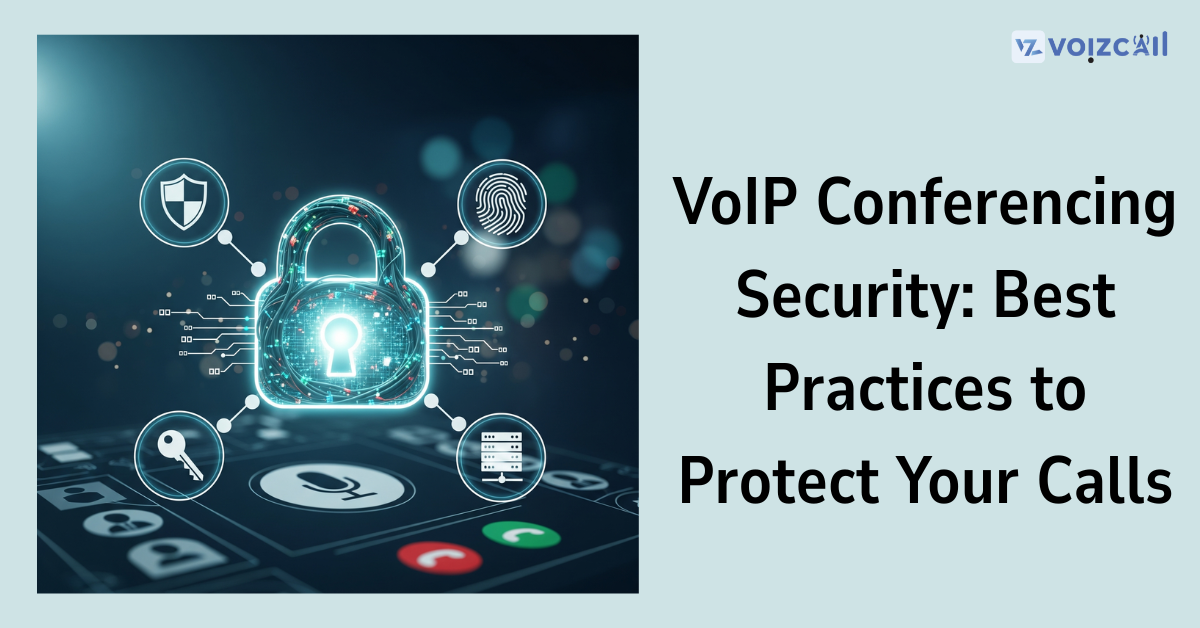


14/Aug/2025
Introduction
VoIP conferencing has enabled the communication in business to become quicker, less expensive, and more adjustable. Well, there is a catch with such great convenience\there is a lot of responsibility. When VoIP call security is weak, hackers might listen to conversations, steal sensitive data, eavesdrop on meetings among many things.
The best news? Prevention of your calls will not require you to be a guru in technology. In the following guide, we will give you the easy best practices when using VoIP conferencing so security is not an issue that keeps you out of the conversation.
VoIPs are transported via the internet so they can be exposed to such threats as:
Eavesdropping-Hackers overhearing audio and video aids.
Call Hijacking -Unwanted guests or unwanted people in your meetings.
Data Theft- pilfering log in information or sensitive company information.
Call / Email for Sales Inquiry Today
Denial of Service (DoS) Attacks ? Busting your conferencing service.
In the case of VoIP security regarding business meetings, preventive measures are always more cost effective as compared to post recovery.
1. Encrypted VoIP services Use
Select a provider which has end-to-end encryption, meaning only those present in your meeting can hear and see what is on your screen.
2. Guard Your Conference Entry
Meetings should use powerful individual passwords.
Allow waiting rooms or host approval of participants in.
Delivery links to meetings should not be published.
3. Have Software Updated
Security patches are used to correct known vulnerabilities. Make sure to keep your VoIP conferencing software as well as any consuming devices guided up-to-date.
4. Add Multi-Factor Authentication (MFA)
MFA provides an additional step of security by putting in place a second check before a second verification step is put in place during the logging in.
5. Watch Live Sessions
Look at your conferencing dashboard and see whether there are other unknown participants and kick them off.
6. Restrict Power to Screen Share
No random screen-sharing by team members. This can past its purpose of malicious/unsuitable content appearance.
7. Control Access to Your Network
Block unauthorized access by use of a firewall.
Activate Quality of Service (QoS) so that calls are properly smoother and safer.
Distancing: Don not use public WIFI to conduct business meetings. If you have to use one, then get some VPN.
Remote Team Extra Tips
Make sure that, in the event of your team working at home, you:
They are switched to new VoIP soft phones or WebRTC calling and conferencing devices that have integrated security features.
They protect their home routers with passwords.
They are aware of the primary precautions in reducing VoIP phishing.
Final Thoughts
VoIP conferencing is formidable, it is just as safe as you make it. With protection of access, securing your network through encrypted services, you could make a call with no worries, privately and even at the professional level.
Keep in mind -- protecting your VoIP conferencing now would prevent expensive breaches in the future.